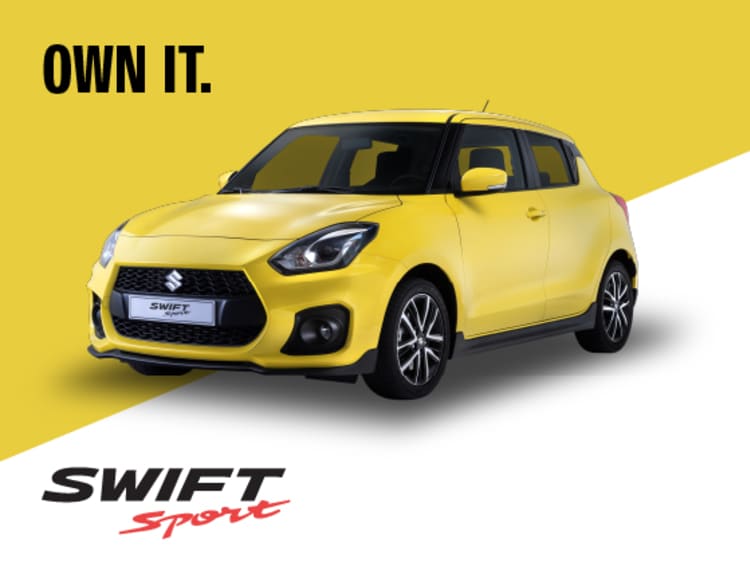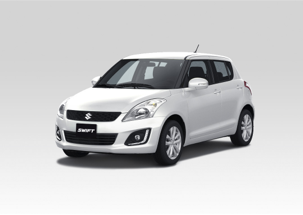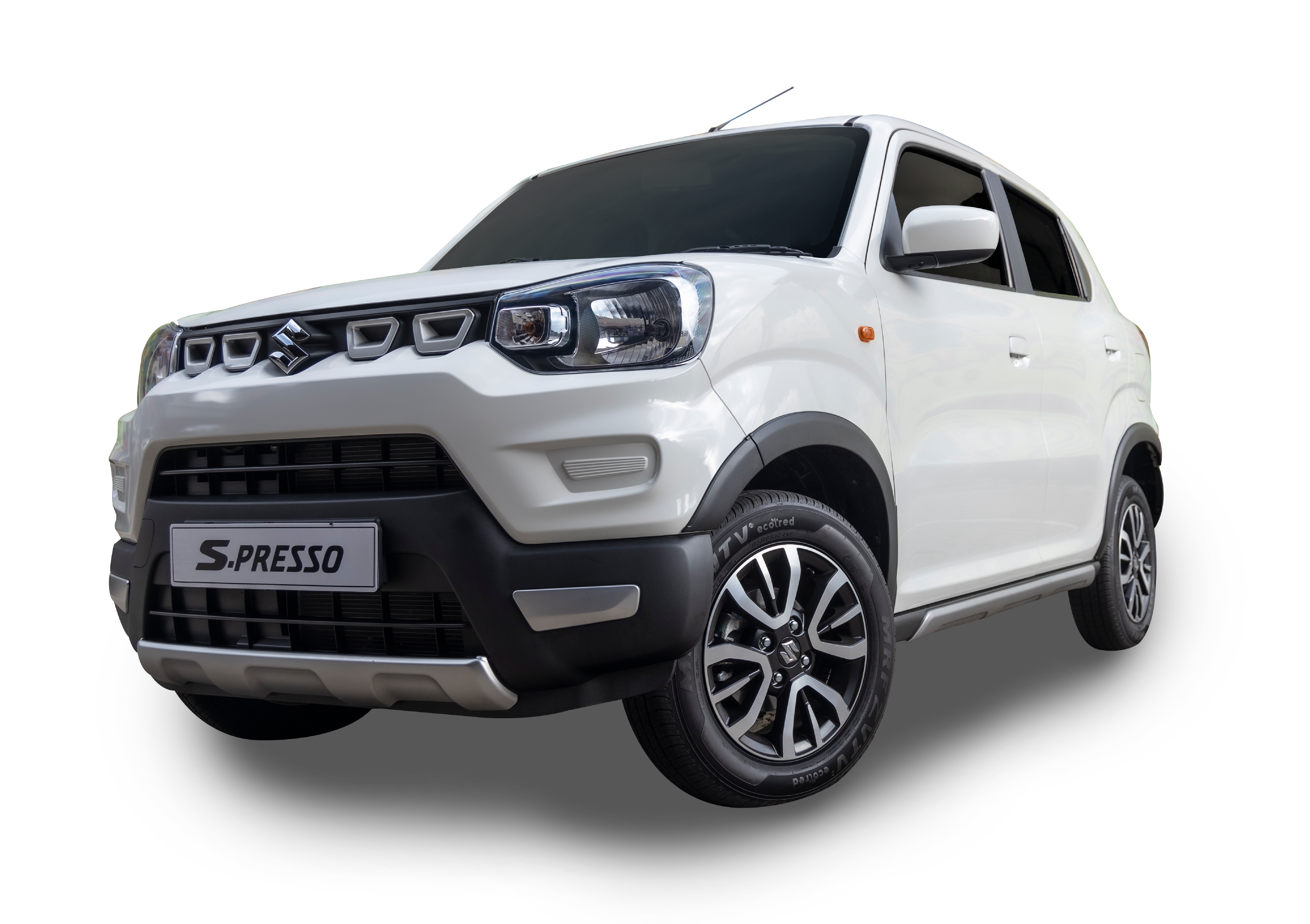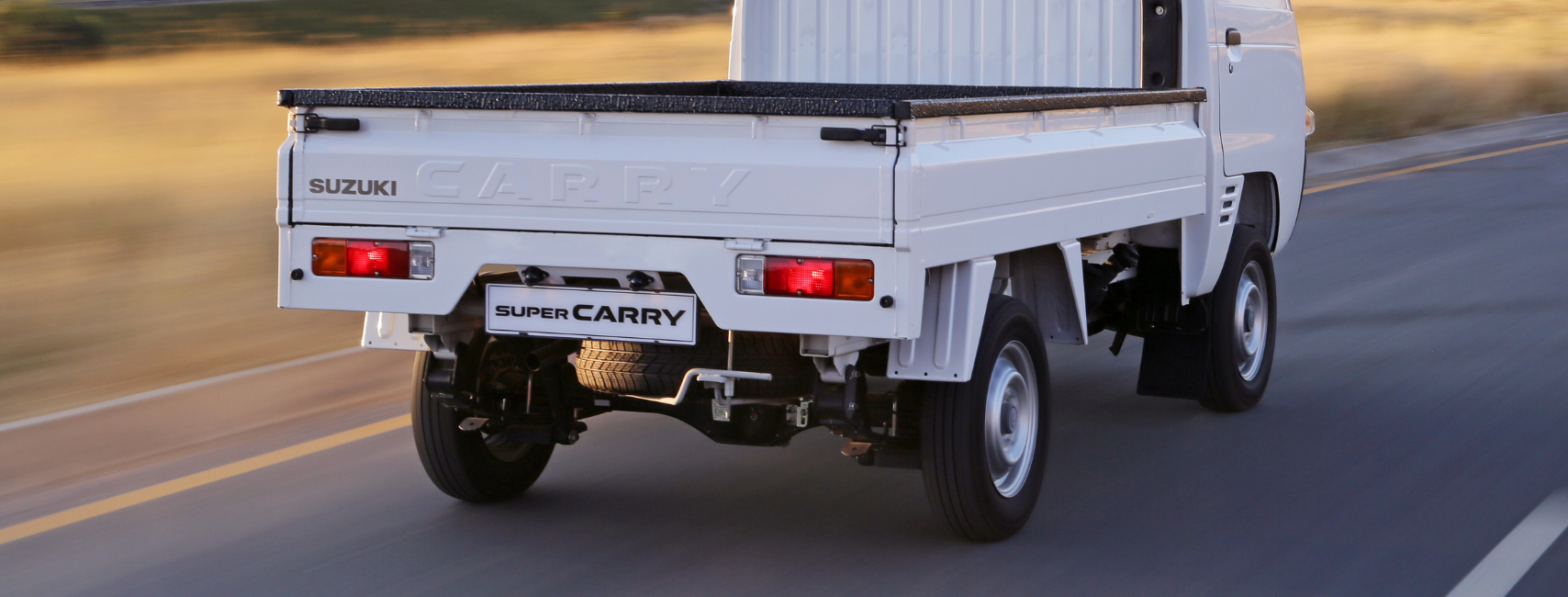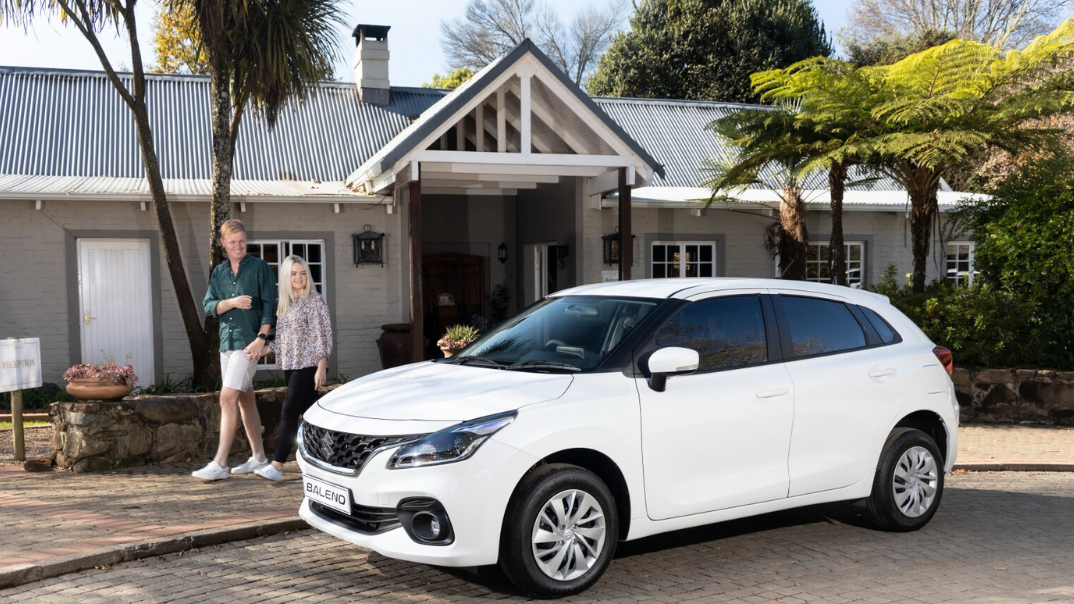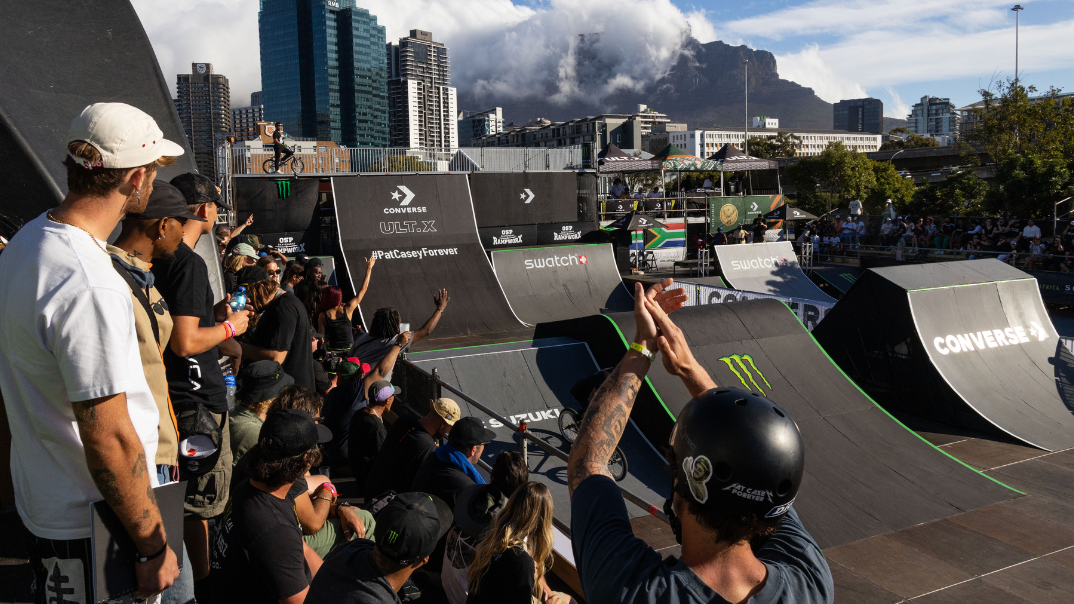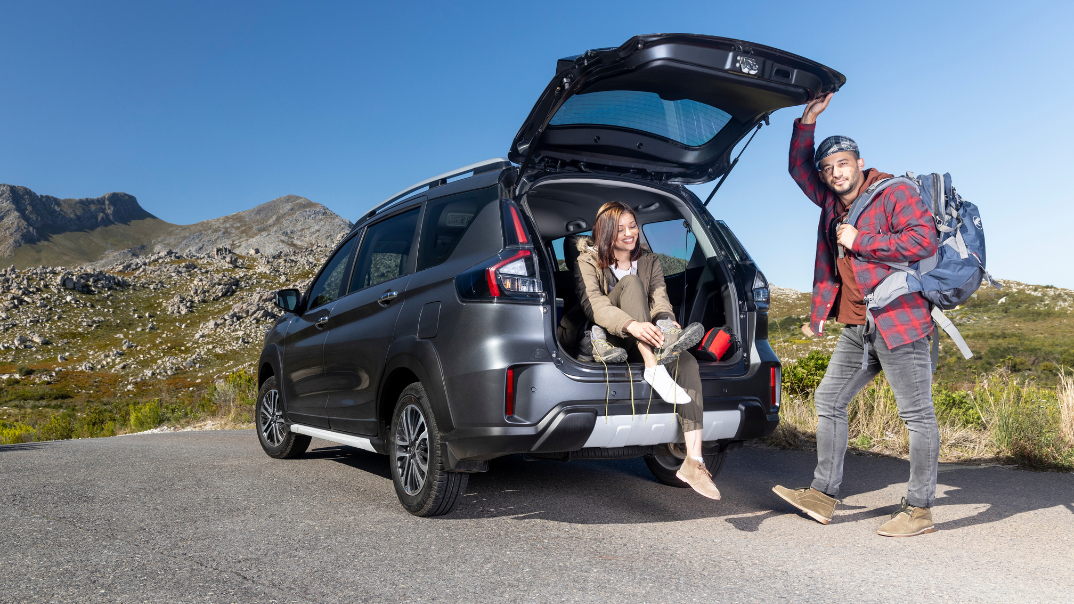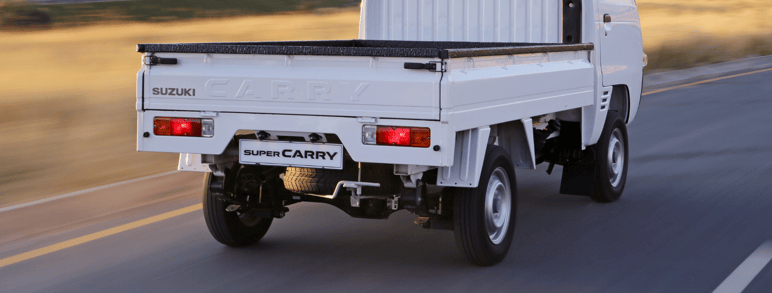 Stay safe on the roads with these bookmarkable defensive driving tips. These handy driving tips will help you avoid getting into trouble and protect your family.
Stay safe on the roads with these bookmarkable defensive driving tips. These handy driving tips will help you avoid getting into trouble and protect your family.
Estimated reading time: 7 minutes, 52 seconds.
South Africa’s roads are a minefield of preventable accidents caused by poor driving and poor road conditions too.
With a handful of defensive driving skills, and the right attitude, you can overcome some of the obstacles hurled at you - though we recommend taking a professional defensive driving course as you’ll get to actually practice some of the techniques mentioned here. That practical experience is invaluable.
GENERAL DEFENSIVE DRIVING TIPS
The point of defensive driving is to keep you, as the driver, as alert and aware as possible on the road. Here are some general defensive driving tips straight from the AA that you should follow for overall road safety.
- Use the 2-3 second rule to maintain a safe following distance from the vehicle ahead of you.
- This should be increased to 4-6 seconds in bad weather conditions, driving at night, on gravel or when towing a trailer.
- Reduce your speed to the road, traffic and weather conditions. Remember that posted speed limits apply to ideal conditions.
- To maintain control of your vehicle, you must control your speed to be appropriate for the road, traffic and weather conditions.
- Maintain a safe constant speed and avoid weaving in and out of lanes.
- Always have an escape route. Always leave yourself an out — a place to move your vehicle if your immediate path of travel was suddenly blocked.
- Having an alternate path of travel is essential, so take the position of other vehicles into consideration when determining an alternate path of travel.
- Do not “overdrive” your headlights at night – too many drivers are driving too fast for the distance in which they can stop. They cannot stop in the distance they can see on dipped beam and end up hitting pedestrians, potholes or tyre casings.
- Always be ready to adjust your speed so that you can stop in the distance you can see.
HEAD ON COLLISION
What do you do when a car is driving towards you - or an animal jumps out in front of you? Follow these tips:
- If it’s a car heading towards you, the driver might be asleep or distracted, so hoot your horn and flash your headlights to alert them.
- Don’t brake hard, swerve to the other side of the road or lose control by jerking off the road.
- It’s better to slow down and steer your vehicle to the left shoulder of the road, and prepare for someone possibly ramming you from behind.
- If you have to go off the road, aim for something that will cause the least possible damage.
- Your seat belt works the best if you stay upright, so don’t duck forward or try to get into the brace position.
SKIDDING
By far one of the most common road incidents is skidding, whether that’s from an oil slick, taking a corner poorly or wet roads. A skid happens when your tyres lock up, and according to AARP there are several driver-related causes for skidding:
- Overbraking: Braking too hard and locking up the wheels. Skids can also occur when the road is slippery.
- Oversteering: Turning the wheels more sharply than the vehicle can turn.
- Over Accelerating: Supplying too much power to drive the wheels, causing them to spin.
- Driving too fast: Most serious skids result from driving too fast for road conditions. Drivers who adjust their driving to conditions do not over accelerate and do not have to overbrake or oversteer from too much speed.
Here’s what to do if you find yourself in a skid:
- Take your foot off the accelerator! Says this driving test website,“ This throws the weight balance of the car forwards and helps the tyres find grip.”
- Don’t brake!
- The tyres will start to find grip as the car’s speed slows down. Carefully steer the car INTO the direction of the skid - so if your car skids to the right, steer to the right.
ANTI-HIJACKING AND SAFETY
Staying safe on the roads is a key concern for Suzuki - even though our cars are some of the least hijacked cars in the country, we know it’s a big concern across the board for South African road users. Here are some tips we published on how to stay safe in a hijacking:
1. It starts at home
A large number of hijackings take place near residences, and the reason is simple: hijackers know this is where you feel safe and will let your guard down. Ensure your driveway is well lit and if you have security cameras, make sure they’re visible and possibly even marked to make it very clear that the area is under surveillance. At the end of the day, hijackers want to get away, so they will avoid areas that pose a greater risk of getting caught.
2. Keep your options open
Avoid putting yourself in a situation where you’ll be stuck in the event of an attack. If you have to wait for a gate or garage door to open, don’t drive right up to it and then wait for it to open. Rather remain in the street or angled in such a way that you can quickly drive off if need be.
Similarly, leave enough space between your car and the one in front when you’re stopped at traffic lights, or in slow-moving traffic. You need to be able to move around the vehicle in front of you and get away if there’s an attempted hijacking.
3. Forget about the cost
Many hijackings happen on busy roads in heavy traffic. Many drivers will hesitate before ramping a pavement, hitting another vehicle or damaging their own vehicle in order to evade a hijacking. It’s instinct: damaging your car goes against all normal rules of logic. Hijackers know this and will take advantage of your hesitation. At the back of your mind, you should always be prepared to do whatever it takes to get away. A car can be replaced, not your life.
4. They want the car, not you
If you do get hijacked, the most important thing to remember is that they want the car, not you. Communicate with them about what you’re doing (no unexpected movements). Follow their instructions (they might ask you to leave the car running), or place the keys and any valuables on the ground and back away. Make it very clear that you are cooperating and that they can take the car. Put as much distance between yourself and the vehicle as possible – the car is their main objective, so the further you get away from it, the better.
5. Kids first
If you have children in the car, the rule is simple: you don’t leave the car without them. As mentioned in the point above: hijackers want the car, not the people. The experts will give you detailed training that covers many scenarios, but parents are advised to clearly inform the hijackers that you are first removing your child or children. You then turn around inside the vehicle, unbuckle your kids or remove them from their child seats, and have them exit the car with you. Every situation is risky and different, but calm and clear communication is vital. You need to make it very clear that you will not resist, but be firm that you are first removing your children.
6. Don’t dawdle
Many of us get in our cars at shopping centres, in parking lots, or even in our driveways and then do a million things before driving off. Some will check email, touch up make-up, return calls, or even have a quick snack before driving off. Sitting in your car whilst completely focused on other tasks makes you the ideal target for hijackers. It may be a difficult routine to change, but get into the habit of saving all these tasks for later, or do them before you head to your car. Once you’re in your car, you should be ready to drive off with no distractions. This offers hijackers much less opportunity to catch you off guard.
7. Don’t tempt fate
This bit of advice applies to smash and grabs, as well as hijackings: don’t leave temptations lying around in your car. Whether it’s a full shopping bag, backpack, or cellphone – any small temptation can make a hijacker decide to target you next. Place all bags and valuables in the boot where they can’t be seen.
8. Stay alert
Always be aware of your surroundings, no matter how safe you feel in a specific area. Watch people when you’re waiting at a traffic light – quite often this is a deterrent in itself – hijackers want to catch you off-guard and if they see you looking at them and surveying your surroundings, they could decide you’re not worth the risk.
Also be aware of vehicles around you. If traffic is light, but the same vehicle (or more than one) are obviously sticking close to you, they may be looking for an opportunity to force you off the road or catch you at the next stop. This can be tricky to spot, but trust your instincts: if the situation feels wrong, drive to the nearest ‘busy’ place (police stations are always the first choice). If need be, just slow down at traffic lights to make sure you can cross safely, but don’t come to a complete standstill if you suspect you’re being followed.
Want to read more? Check out 11 anti-hijacking tips to send your family and the do’s and don’t’s in a hijack situation
Need to keep track of your travel? Click here to download your travel logbook.










